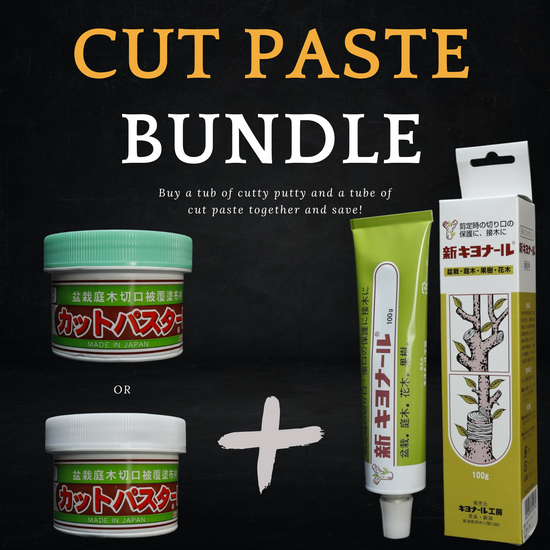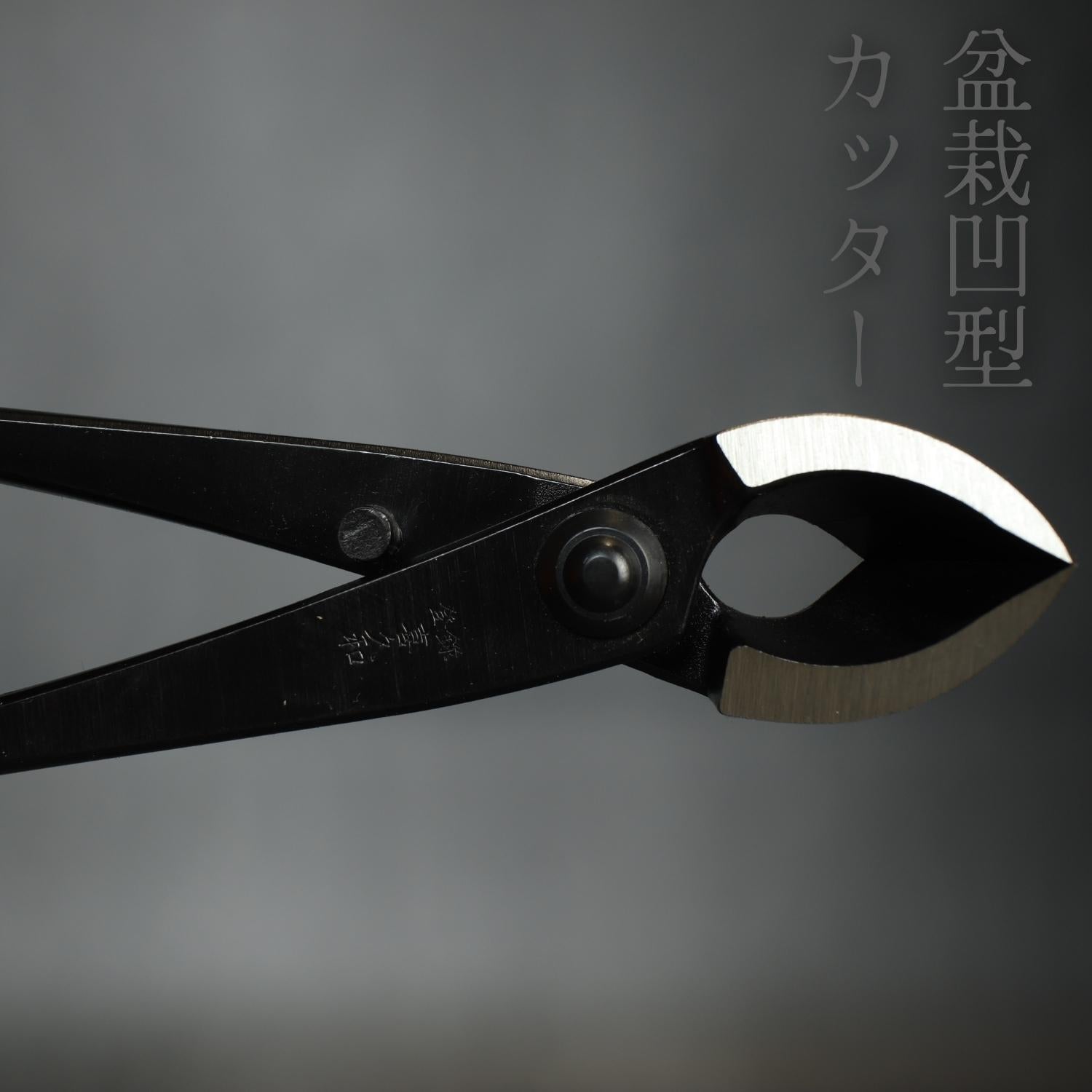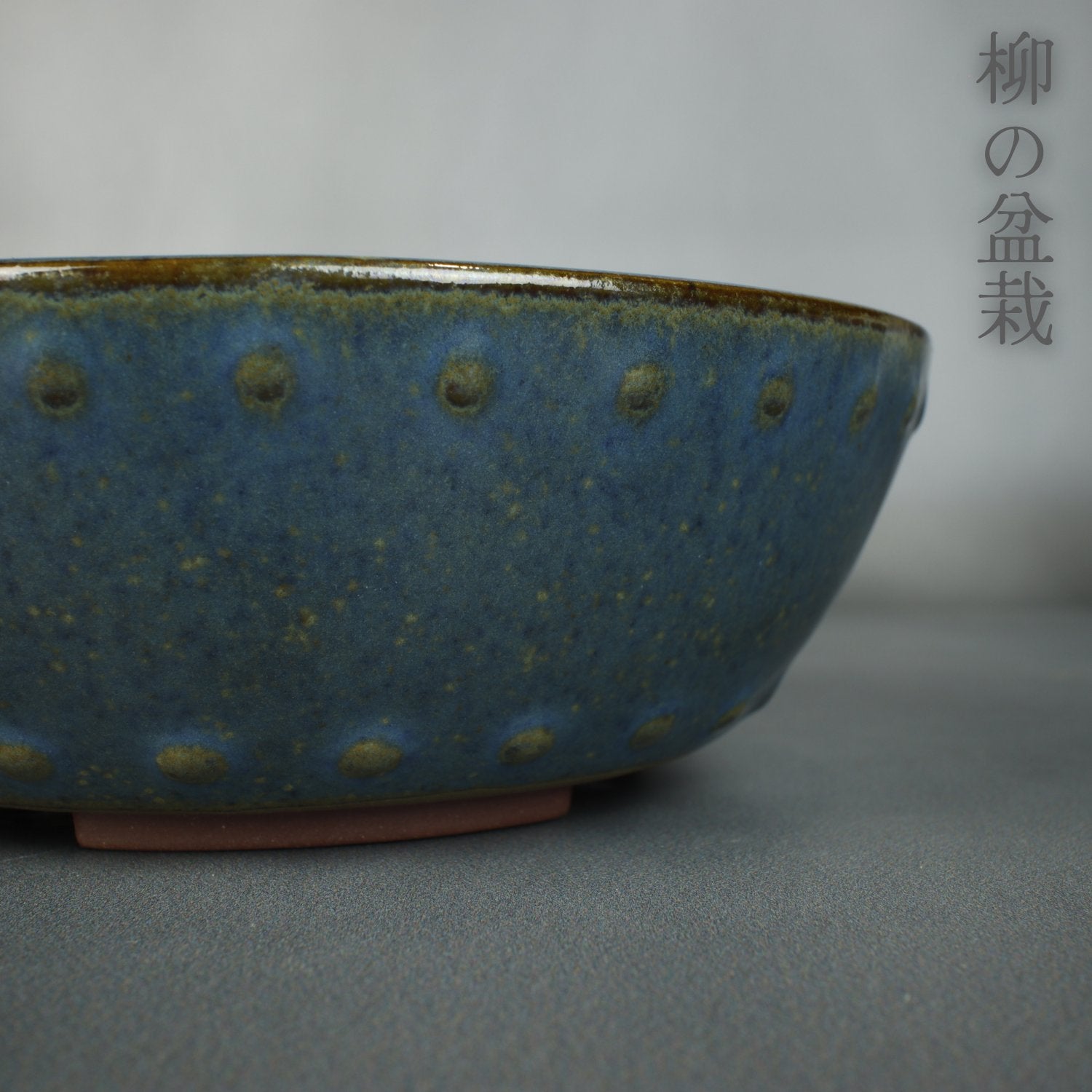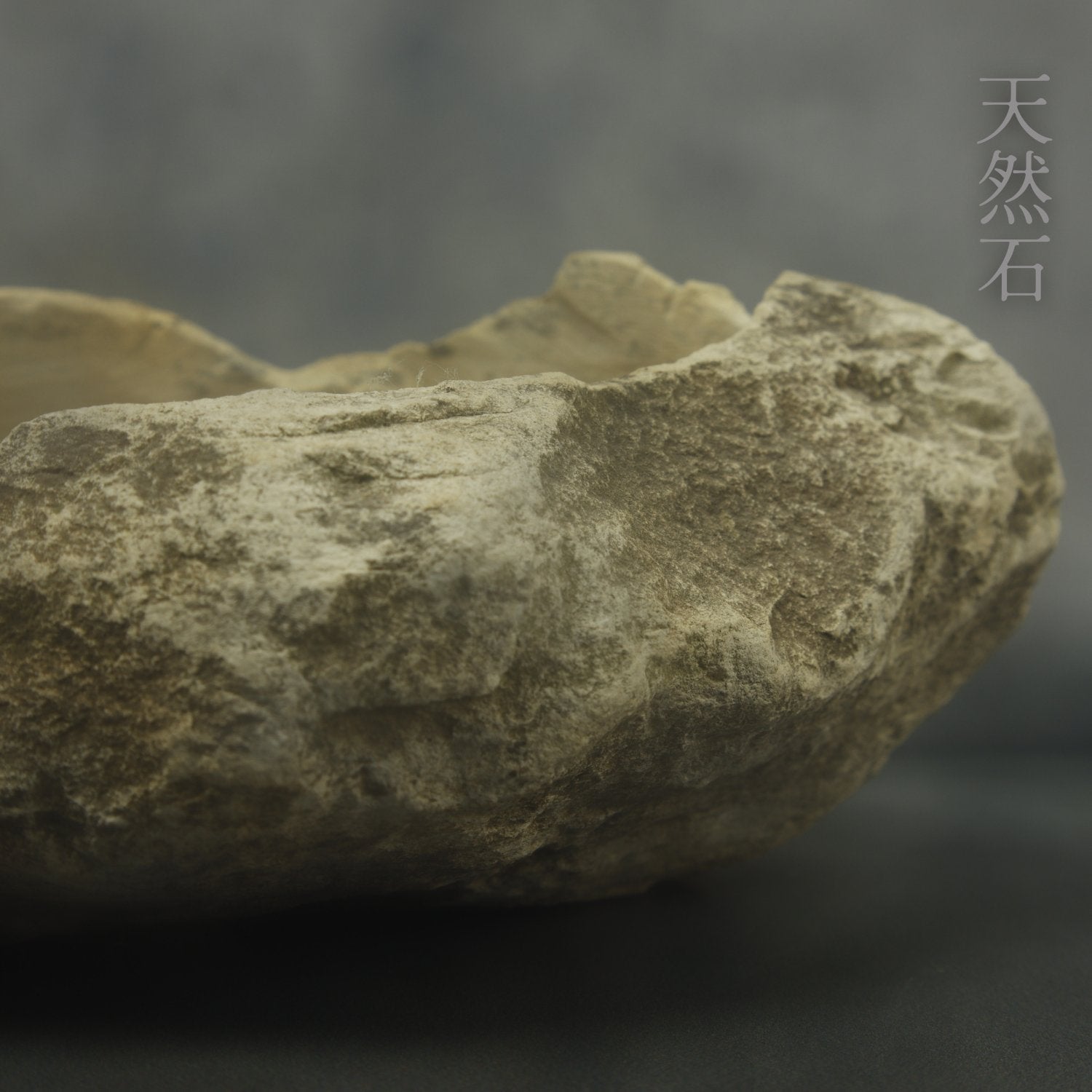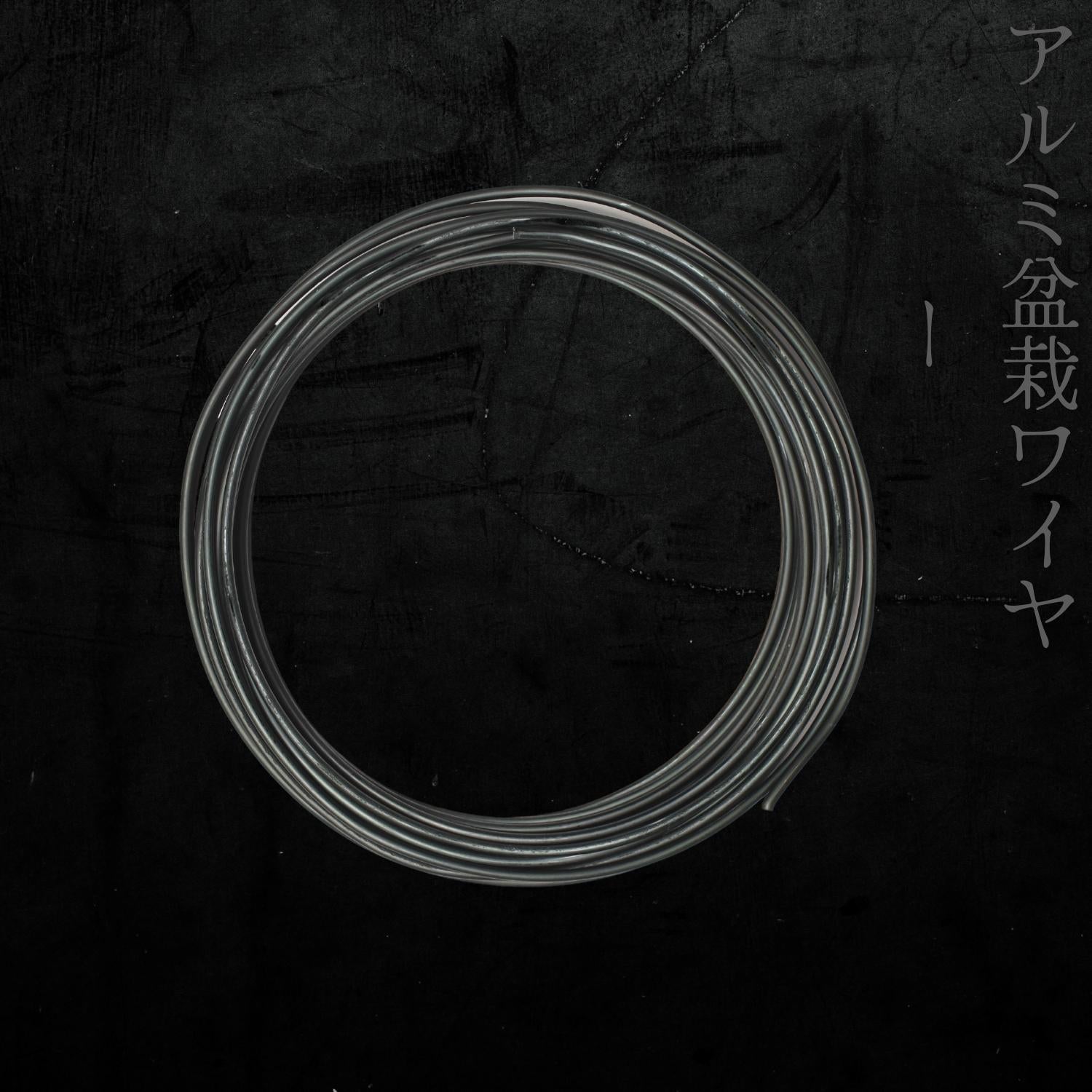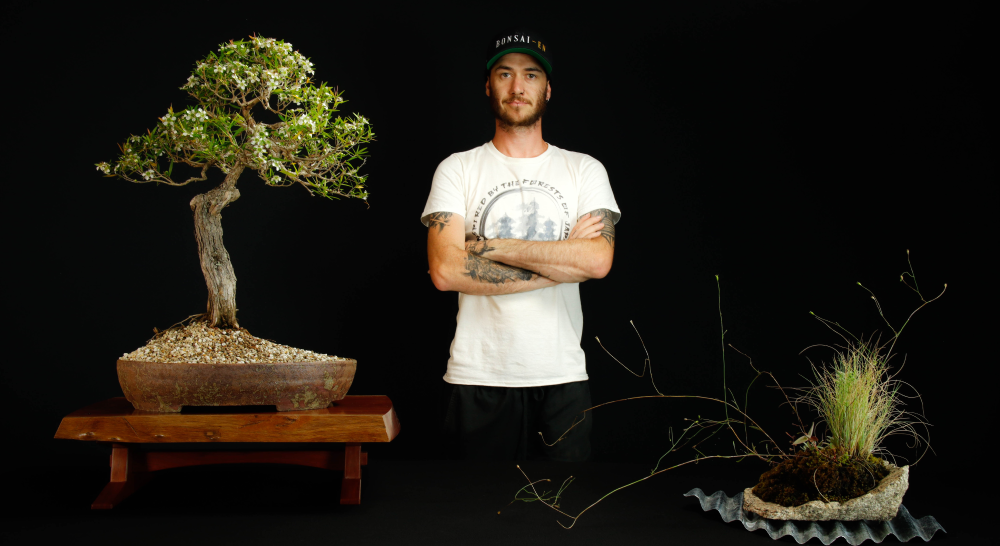Why Is Displaying Bonsai Important?
Choosing The Right Bonsai Tree
- Age: Bonsai trees come in all different ages, from young saplings to ancient specimens. Consider the age of the tree in relation to the overall appearance and style you are trying to achieve. Younger trees may have more vigorous growth and be easier to shape, while older trees may have more established branches and a more refined appearance.
- Size: The size of the bonsai tree should match the scale of the display stand and accent plants. A large bonsai tree may need a large stand to properly showcase it, while a smaller tree may look more balanced on a smaller stand.
- Overall Appearance: Look for a tree that is healthy and has a strong aesthetic. Consider the shape of the trunk, the arrangement of the branches, and the overall balance of the tree. A well-proportioned tree will make a stronger visual impact and be more aesthetically pleasing in the display.
Matching The Tree With The Shows Theme ( If There Is A Theme )
Choosing the Right Bonsai Display Stand
Wood Choices
- Pine: Pine is a softwood that is lightweight and easy to work with. It has a light colour and a straight grain pattern, making it a popular choice for traditional-style bonsai stands.
- Redwood: Redwood is a strong and durable hardwood with a reddish-brown colour and a distinctive grain pattern. It is often used for larger bonsai displays, as it can support heavy trees without cracking or warping.
- Cedar: Cedar is a lightweight and aromatic softwood with a reddish-brown colour and a straight grain pattern. Its natural resistance to rot and decay makes it a popular choice for outdoor bonsai displays.
- Bamboo: Bamboo is a fast-growing grass that is often used for bonsai displays due to its lightweight, durability, and natural appearance. Bamboo stands are often paired with bonsai trees that have a light, delicate style.
- Maple: Maple is a strong and durable hardwood with a light colour and a distinctive grain pattern. It is often used for modern and contemporary-style bonsai displays due to its sleek appearance.
Size And Stability
- Size: The size of the stand should be appropriate for the size of the bonsai tree. A stand that is too small can make the tree look disproportionate, while a stand that is too large can make the tree look dwarfed. The stand should also have a height that is appropriate for viewing, allowing the viewer to see the tree from a comfortable angle.
- Stability: The stability of the stand is important for preventing the bonsai tree from tipping over or becoming damaged during the show. A stand with a wide base and low center of gravity is typically more stable, while a stand with a narrow base or high center of gravity is more prone to tipping. The material of the stand can also affect its stability, with heavier materials like iron bark providing more stability than lighter materials like Jacarandah.
Matching The Stand With The Bonsai Style
- Traditional styles: For traditional bonsai styles, such as formal upright, informal upright, and slanting, a stand with a simple and straightforward design is often the best choice.
- Contemporary styles: For contemporary bonsai styles, such as literati and windswept, a sleek and modern stand can complement the sleek and modern look of the tree. A stand with a polished finish, can enhance the overall appearance of the display.
- Colour: Having a colour that contrasts with your tree and pot combination can help add to your display, You don’t want a stand that is going to distract your eye from the tree itself but rather add to the display. It can be difficult to achieve harmony between Tree / Pot / Stand and this is especially true if you are trying to look for a ready made stand. For the best display a custom made stand with the right colours is best.
- Size: The visual mass of a stand can either compliment or detract from a display. Having a visually heavy stand that has a low center of gravity and thick legs with a feminine tree can look distracting. While having a big masculine tree on a sleek elegant stand that has a thin base and thin legs can give a feeling of instability. Getting your sizing right is an important aspect of choosing the right display stand for your bonsai. Once again this can be difficult to find a ready made stand that is the exact height and thickness for your tree so having a stand custom made to your trees specifications and requirements is the best choice.
Choosing the Right Accent Plant
- Context: Accent plants can provide context for the bonsai tree, helping to create a visual story and establishing a sense of place for the tree. This can be especially important for naturalistic bonsai styles, where the accent plants help to create a sense of a forest or a group planting.
- Balance: Accent plants can be used to balance the overall composition of the display, helping to create a harmonious and visually appealing arrangement. This can be especially important for larger bonsai displays, where multiple trees or accent plants are used to create a sense of depth and scale.
- Contrast: Accent plants can be used to provide contrast to the bonsai tree, helping to highlight its unique features and make it stand out. This can be especially important for contemporary bonsai styles, where a minimalist aesthetic is often used to create a sleek and modern look.
Selection of plants that complement the bonsai tree
- Colour: Consider the colour of the bonsai tree and choose accent plants with complementary colours. For example, a green bonsai tree might be complemented by accent plants with red or purple leaves, while a brown or grey bonsai tree might be complemented by accent plants with green or yellow leaves. The colour of the accent plant will be chosen against the main feature of the tree you are trying to showcase whether that is the foliage colour, flower colour or bark colour.
- Texture: Consider the texture of the bonsai tree and choose accent plants with complementary textures. For example, a bonsai tree with fine, delicate foliage might be complemented by accent plants with bold, textured leaves, while a bonsai tree with rough or rugged bark might be complemented by accent plants with smooth leaves.
- Height: Consider the height of the bonsai tree and choose accent plants that are shorter, but not the same height. This can help to create a sense of depth and balance in the display.
- Style: Consider the style of the bonsai tree and choose accent plants that complement that style. For example, a traditional bonsai tree might be complemented by accent plants with a traditional appearance, while a contemporary bonsai tree might be complemented by accent plants with a modern look.
Seasonal availability and longevity of the accent plant
- Seasonal Availability: Consider the time of year and choose accent plants that are in season. For example, if the bonsai display is in the spring, choose accent plants that are in bloom or have fresh new growth. If the display is in the winter, choose accent plants that have attractive winter foliage or bark.
- Longevity: Consider the longevity of the accent plant and choose plants that will last for the duration of the show. Some plants may be seasonal and will not last for an extended period of time, while others may be more long-lived and will remain attractive for the duration of the show.
The purpose of jita in bonsai displays
Click Here To Browse Our Range Of Hand Made Jitas
- Matching the Jita with the Accent Plants: Select a jita that complements the style and colour of the accent plants. For example, if the accent plants are vibrant and colourful, select a jita with a neutral colour to create contrast. If the accent plants are light and airy, select a jita with delicate lines and a light finish. You will also need to consider the pot of the jita in this as well, but the pot should compliment the accent plant and the jita should tie this all together.
- Size of the Jita: Consider the size of the jita in relation to the size of the accent plants. A jita that is too small can make the accent plants look cramped and cluttered, while a jita that is too large can overwhelm the accent plants. A jita that is too thin with a larger accent plant can look understated while a jita that is too thick with a smaller accent plant can look over powering.
- Shape of the Jita: Consider the shape of the jita and how it will complement the accent plants but also how it contrasts the display stand for the bonsai tree. For example, a round jita can create a soft and flowing look, while a square jita can create a more structured look. But if you have a square bonsai display stand you’ll want maybe a rectangle jita so it doesn’t match the stand but it still has that structured appearance. Free form jitas and burls can be some of the best choices for jitas as they perfectly contrast the bonsai display stand and can often give directionality to you display.
- Material of the Jita: Consider the material of the jita and how it will complement the accent plants. Once again different woods have different patterns and colours. Talk to your stand maker to come up with the best options.
Conditioning the tree for display
- Pruning: Prune the bonsai tree to remove any dead, yellow, or overgrown branches and leaves. This will help to give the tree a cleaner and more attractive appearance.
- Wiring: Re-wire the bonsai tree to shape it into the desired form. Ensure that the wiring is tight and secure, but not so tight that it damages the branches. Copper wire is often preferred for shows as its harder to see. Its also good to limit your wiring to branches only.
- Fertilizing: Fertilize the bonsai tree to promote healthy growth and increase its overall health before the show, try to have the fertilizer removed and the soil surface cleaned before displaying. no body wants a room full of trees with smelly organic fertilizers.
- Watering: Water the bonsai tree regularly to ensure that it stays hydrated. Do not over-water the tree, as this can lead to root rot and yellowing leaves.
- Cleaning: Clean the bonsai tree and its display stand to remove any dirt, dust, or debris. Remove any moss climbing the trunk and clean and re stain your deadwood with lime sulphur. remember to do your dead wood a few days in advance as some trees can take a few days to soak up the lime sulphur before it turns white.
- Check for pests and disease: You will want to make sure your tree is pest and disease free and make sure the tree is treated accordingly. This is not only important for the overall look of your tree but it is considerate to the other artists showing their trees that they don’t go home with a pest they didn’t arrive with.
Pot selection
- Match the Pot with the Bonsai Tree: Choose a pot that complements the size, style, and colour of the bonsai tree. The pot should not overpower the tree, but instead should enhance its appearance.
- Pot Material: Consider the material of the pot. Popular options include ceramic and natural stone. Each material has its own unique characteristics and should be chosen based on the style of the bonsai tree and the overall display.
- Pot Colour: Choose a pot colour that complements the colour of the bonsai tree. For example, if the tree has green foliage, a neutral colour pot such as cream or beige would complement it well. But sometimes a pot can compliment the bark or flowers as well. If you are showing your tree in a winter silhouette show it doesn’t make sense to match the pot to the trees spring foliage so in this case you will have it compliment the bark colour.
- Pot Shape: Consider the shape of the pot and how it will affect the overall appearance of the bonsai tree. A round pot can create a soft and flowing look, while a square pot can create a more structured look.
- Pot Size: Ensure that the pot is the appropriate size for the bonsai tree. A pot that is too small can make the tree look cramped, while a pot that is too large can make the tree look out of proportion.
Soil Preparation
- Soil Level: Ensure that the soil level is appropriate for the bonsai tree. The soil should be level with the pot's rim, but not higher unless the mounding is a feature that compliments the trees style such as literati.
- Soil Appearance: The soil should be neat and tidy, with no loose soil or debris visible on the surface. Consider covering the soil with small stones or moss to give it a more finished appearance.
- Watering: Water the bonsai tree thoroughly before the show to ensure that the soil is moist. Do not water again until the day of the show to avoid water damage to the display.
Presentation
- Center of Attention: Position the bonsai tree as the center of attention in the display ( this doesn’t mean in the center of the table). This will draw the viewer's eye to the tree and ensure that it is the focal point of the display.
- Height: Consider the height of the bonsai tree in relation to the other elements in the display. The tree should be positioned at a height that allows the viewer to see it clearly, while also creating an attractive composition. The height and position of your other elements should be decided from this part of the display.
- Balance: Ensure that the bonsai tree and the other elements in the display are balanced in terms of size and weight. A balanced display will be more aesthetically pleasing and will help to create a harmonious composition.
- Symmetry: Consider the symmetry of the bonsai tree and the other elements in the display. A symmetrical display is aesthetically pleasing and can help to create a sense of stability and calm. For example, placing your accent plant in a diagonally forward position from the center of your trees apex is usually the best position.
- Negative Space: Use negative space effectively in the display. Negative space is the area around and between the elements in the display, and it can help to create a sense of balance and proportion.
Lighting and background in bonsai display
- Lighting: Ensure that the bonsai tree is well-lit. Bright, direct light can be harsh and create unwanted shadows, while low light can make it difficult to see the tree. Consider using diffused or indirect lighting to create a soft, natural look.
- Background: Choose a background that complements the bonsai tree and does not distract from it. A neutral colour such as white or beige is often a good choice, as it will not compete with the tree for attention.
- Contrast: Ensure that there is enough contrast between the background and the bonsai tree. A high-contrast background can help to make the tree stand out, while a low-contrast background may make it difficult to see the tree.
- Background Elements: Consider the other elements in the display, such as accent plants and jitas, when choosing the background. The background should complement these elements and create a harmonious composition.
- Background Height: Consider the height of the background in relation to the bonsai tree. A higher background can create a sense of depth and make the tree appear to be further away, while a lower background can create a more intimate feeling.





